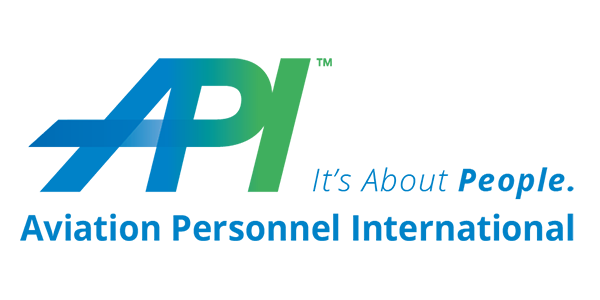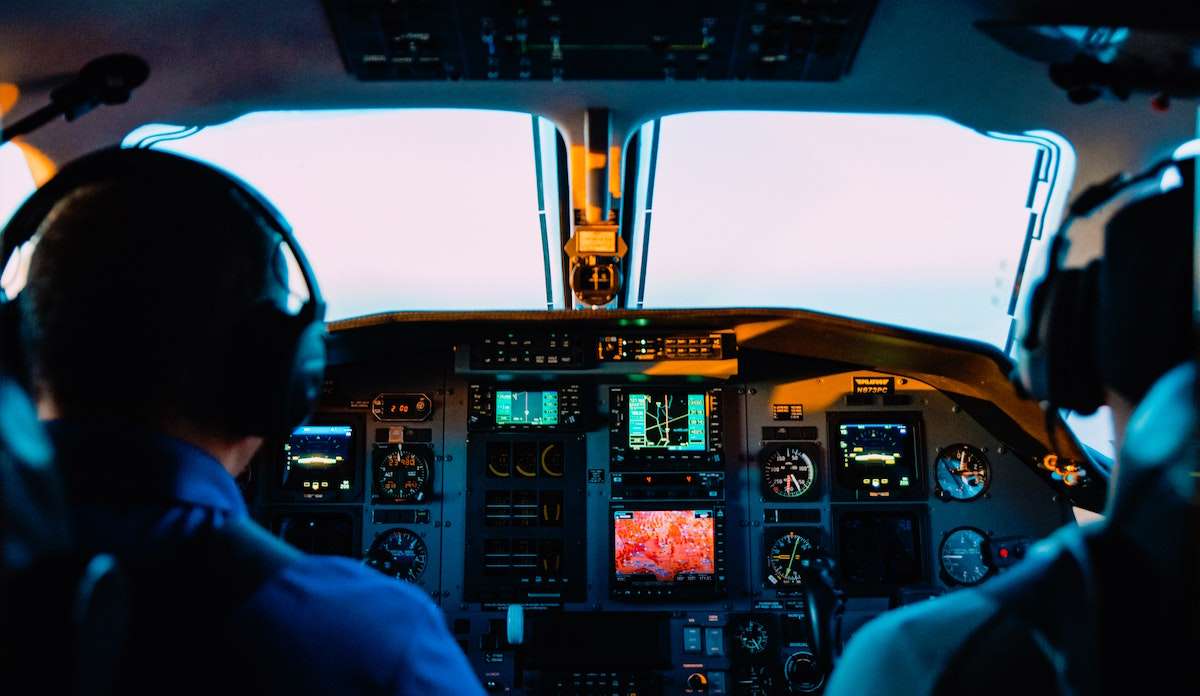In the wake of COVID-19, some corporations have banned all travel. A few are already back in the air. But there are many in a “stand-by” mode.
And quite frankly, it’s unsettling.
If you’re one of the many aviation leaders awaiting a directive from headquarters, this is your “tough love” article.
Let me be perfectly clear: Waiting for the phone to ring is not an effective strategy. If you’re not flying, I encourage you to disrupt the status quo.
To help us all get a jumpstart, I recently spoke with Jim Lara of Gray Stone Advisors and my friend “Patrick,” an aviation director from a Michigan-based Fortune 500 company. Together, the three of us brainstormed ways to create “innovative disruption” in the corporation.
“Your role is to be the people logistics mover,” Jim explained. “You’ve got to provide a critical ‘end-to-end health corridor’ for corporate employees.”
Creating an End-to-end Health Corridor
Right now, all aviation directors need to lean in. Request a seat at the table during your COVID Response meetings. Put together a health management policy in order to create a seamless and safe travel environment. And consider expanding your aircraft use policy.
You need an end-to-end solution that focuses on safety. One that delivers significant value to your corporation.
My friend Patrick said that the only thing you really need to touch on a business aircraft is the seat belt. His CEO agrees that it’s much safer to travel on a jet. He told Patrick: “The aircraft is safer than my own home. I’m not worried about that. My concern is about everything else that might confront me once I get to where I’m going.”
Patrick told us that his flight department has had continuous active communication with the COVID-19 response team at the home office. “We started to hear rumblings of what will happen when employees will travel,” Patrick said. That’s when he told his team, “If we don’t put ourselves at the front of the conversation, our employees are going to the airlines.” He added, “We had to convince them to only travel with us, that their safety was more important to us.”
Among many other solutions, Patrick’s team developed “Go Kits” to help travelers enhance the safety of the trip. The kits include things such as products to clean their rental car and their hotel rooms.
Patrick said his COVID task force team, with leadership approval, announced a ban on commercial travel and at the same time committed to increased use of the business jet.
I realize, of course, that we’re not infectious disease experts. But we can offer our learned perspective on current practices. Most bizav teams are focusing on sanitizing environments—from the departure lobby to the airplane to the arrival FBO. They’re reviewing catering and baggage-handling practices, as well as cleaning onboard stock items.
Again, it’s all about providing an “end-to-end health corridor” for the executive traveler.
“Duty of Care”
In the current COVID-19 environment, corporate chief legal officers are concerned with providing comprehensive “duty of care” for their employees.
The resounding question is: Are we providing a safe environment for our staff? Or are we opening ourselves up to a lawsuit?
The charter company GlobeAir claims that business aviation is significantly safer for travelers compared with airline flights. “Against the approximately 700 touchpoints which expose passengers to the risk of contagion on every single commercial flight, with only 20 touchpoints, business aviation ensures a 30-times lower risk,” a company spokesperson said.
Disruptive Innovation: How to Get Back to Flying
In order to get back to flying, you need to have a strategic game plan. Following are several recommendations:
Get the data
To build a business case for moving your assets, you need data. You can do this by working with your corporate travel agency. Find out your modes of travel, your frequent city pairs for commercial travel. You’ve got to have the basic data to do the route engineering that’s required. Look at the travel patterns from 2019. Which manufacturing plants need physical oversight? Where are you losing money? And where are your competitors going?
Redefine the Value Proposition
Define (or redefine) how the aircraft creates value for your parent company. It may have changed temporarily. Determine the value by holding an in-depth discussion with your reporting executive, as well as the senior executive team. (Remember, not all reporting executives are an authorized user of the aircraft these days.)
If your company’s leadership initiates a travel ban, ask them to tell you more about the reasons why. The answer that frequently comes back is: “We don’t know how to travel safely.” If, as an aviation director, you can illustrate how to make that happen, then you’ve got a sale.All of this boils down to figuring out how you can add value. And if you don’t know how, then you need to put your head together with senior management (and perhaps the help of an outside consultant, who can be a force multiplier for you and really distill the answer).
“The nature of that new value proposition may not be evident to anyone in the organization except the aviation director,” Jim said. “If so, it’s time to be a salesperson or marketer, to show how the asset can create new-found value for the organization.”
Build a New Business Case
How can you use the aircraft to produce the greatest value during these trying times? As the “people logistics expert” in your organization, you need to lean in.
- Get creative, be bold.
- Redefine your service model to put the aviation assets back to work.
- Convince the leadership team that there is a need for corporate travel.
- Explain to them how it to manage it with the greatest “duty of care.”
- Explain to them that you can offer a health shuttle (an end-to-end health corridor).
Form a “Back to Work” Team
In June, our friend Patrick put together a “back to work” team to strategize and build just such a business case. “We were back flying by mid-July and offering tangible financial impact to the bottom line,” he told us.
Since Patrick’s company banned airline travel, the flight department updated their aircraft use policy to accommodate another level of corporate travelers. But now they’re able to fly more people safely, those who either weren’t flying at all or, if they were, not doing so safely.
They’ve already experienced success by expanding the use of the business aircraft. In one example, his team flew an engineer to inspect a product involved in a potential lawsuit. Within an hour of arrival, that employee saved the company tens of thousands of dollars, if not more.
During the third quarter of 2020, Patrick’s team is expecting to fly even more than Q3 in 2019. “This is due to pent-up demand, and, obviously, more flying due to the ban on airlines,” he said.
“Thankfully, everyone in our flight department is back to work,” Patrick explained. “Our company may have the capability to fly an entire year’s worth of flight hours in the last six months of 2020. And if that happened, we’d only be adding a modest amount to our operating budget.”
Need Help? Ask!
The summary conclusion: it’s unrealistic and unfeasible for a Fortune 500 company to ban travel altogether. That’s why, as Jim Lara tells us, you’ve got to get creative and “be like Sherlock Holmes.” Seek out the data, talk to the folks at HQ, brainstorm ideas and solve the case.
For those with grounded or inactive airplanes, your number-one role is to turn that around. If we consider ourselves victims of circumstance—and don’t pull the levers within our control—the downturn may have a more permanent impact than we anticipated. It’s the old adage: people don’t regret what they did do, they regret what they didn’t do.
If you’re looking for help to “disruptively innovate,” I encourage you to reach out to your aviation peers. You might also want to give Jim Lara a call. He and the Gray Stone team can assist you in building your business case. Remember, if you’re not aligned with your corporation, it’s not too late to rewrite the story.

